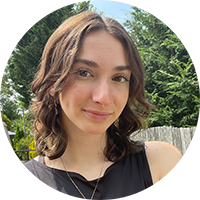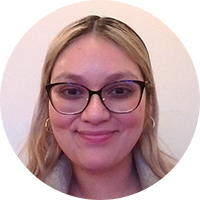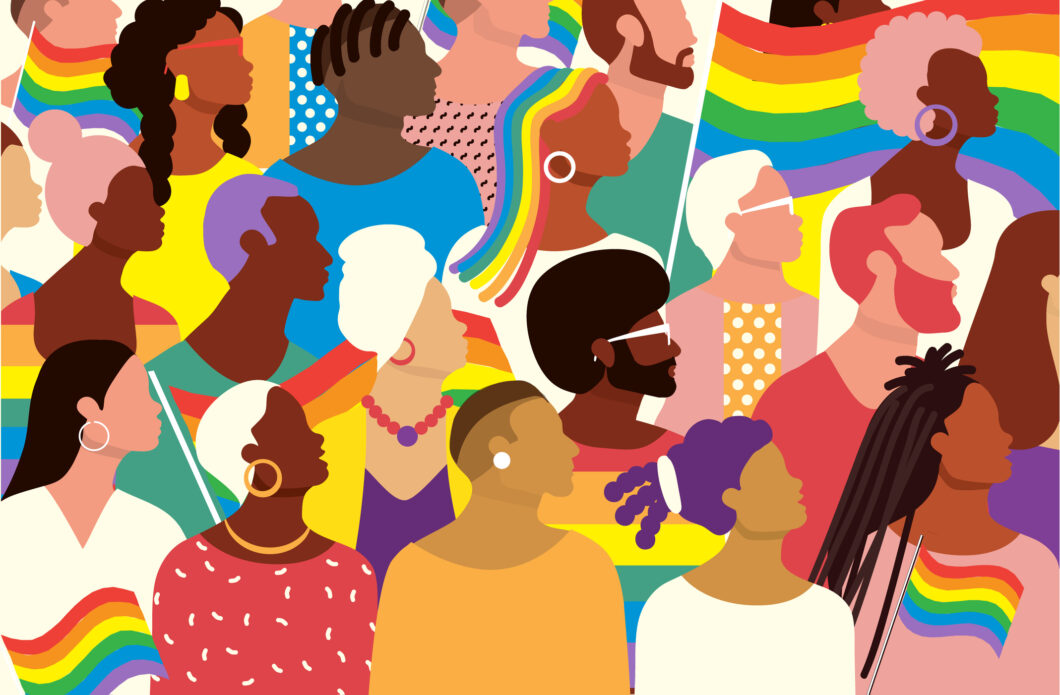Pride Month is a time to celebrate identity, visibility, and the power of community. For those of us studying or working in audiology and speech-language pathology, it’s also a moment to reflect on how we can intentionally show up for our future clients, colleagues, and each other—especially members of the LGBTQIA+ community.
Navigating a Changing Landscape
In recent years, the profession of speech-language pathology has made important strides in becoming more inclusive and responsive to the needs of historically marginalized groups. Speech-language pathologists (SLPs) today are increasingly providing gender-affirming voice and communication services, advocating for inclusive language practices, and creating welcoming spaces for all clients.
At the same time, we remain aware of the broader social and political landscape. Federal and state laws can change under varying administrations, which can lead to restrictions in the care that SLPs can provide. It is crucial for current and future SLPs to remain informed about how they can continue supporting LGBTQIA+ individuals to prepare for the changes that occur in our classrooms, clinical placements, and the health care systems we are preparing to enter.
We may not be able to control every policy or system, but we can shape our daily actions. We can advocate in our classrooms and placements. We can build a community that affirms. And we can commit to practices that center care, dignity, and respect for LGBTQIA+ and gender-diverse individuals.
Practicing Pride in the Profession
As members of the Inclusion Diversity, Equity, and Action (IDEA) Work Group, we’ve come together to celebrate Pride Month within our profession and explore how we can all contribute to safer, more inclusive environments. In these spaces, we’re not only able to show up as ourselves, but we’re also able to grow into the clinicians we hope to become—those who listen deeply, hold space for difference, and challenge systems that silence or marginalize others.
As future clinicians, we play an active role in shaping our work environments. We can’t always control every system we’re part of, but we can influence how we interact with others, the values we choose to bring to our work, and how we advocate. This might mean using inclusive language, making space for identity in client care, or standing up against discrimination in our clinics and classrooms.
Navigating the Work: Personal and Collective
For LGBTQIA+ students, this work can feel personal and exhausting. For allies, it can feel uncertain at times. But we invite everyone in the profession to keep asking themselves these questions:
- How can I make my clinic, classroom, or community more inclusive and affirming?
- How can I show up for someone who needs support?
- What does advocacy look like for me—right now?
Pride Month reminds us that we may not always have quick answers. But asking the questions is itself an act of care: It’s how we build trust, practice cultural humility, and nurture accountability. It’s how we shape a future where no one has to choose between their identity and their safety. Pride is a celebration of strength through community—a recognition of resilience rooted in authenticity.
Taking Action
Although the work can feel overwhelming, it’s also a source of connection, growth, and hope. And there are concrete ways to take action, even as students:
- Find or become a mentor or mentee: Whether formal or informal, these relationships can be grounding and affirming. For more information on student mentoring, check out NSSLHA’s CSD Student Mentoring webpage.
- Create space for community: A consistent community presence is a vital part of taking action. Participating in this community space might look like
- organizing inclusive events,creating space for open conversation,advocating for a curriculum that is LGBTQIA+ inclusive,supporting and amplifying LGBTQIA+ inclusive policies in your program, and/or
- simply checking in on peers or clients.
- Advocate beyond the classroom: Consider writing to your senators to support trans youth protections and access to gender-affirming care.
- Stay informed: Consider taking one or several of the following actions to educate yourself about the issues that LGBTQ+ people face—and the ways that you can help.
- Follow LGBTQIA+ affirming organizations like the LGBTQ+ Communication Sciences and Disorder Student Association—LGBTQ+ CSDA.Subscribe to newsletters from inclusive communication sciences and disorders (CSD) programs. Use ASHA’s resources on Supporting and Working With Transgender and Gender-Diverse People and Showing Pride in Gender Inclusivity.
- Check out past NSSLHA highlights:
- Advocacy and Policy
- Discover how you can Support Transgender People in Your State through policy engagement and education.
- Support and Belonging in CSD Programs
- Understand how to respond to bias or discrimination in academic programs with Resources and Pathways for Students Facing LGBTQ+ Based Discrimination in CSD Programs.Explore Get To Know the LGBTQ+ CSD Student Association and A Year of Growth With the LGBTQ+ CSD Student Association to see how students are building connection and belonging.
- Voice and Clinical Care
- Read Helping Trans Youth Find Their Voice to better understand the clinician’s role in gender-affirming voice therapy.
- Learn about resonance and identity in The Importance of Resonance in Gender-Affirming Voice Therapy.
- Advocacy and Policy
Remember who you are and what you stand for. And if you don’t know yet, ask questions, reflect, and find people who will help you grow. Our futures as clinicians—and the futures of those we serve—depend on it.
About the Authors

Briana Primavera
Briana Primavera is a rising senior at Emerson College, where she studies communication sciences and disorders as well as health and social change. She serves as the president of the Emerson College NSSLHA chapter and is a member of the National NSSLHA Inclusion, Diversity, Equity, and Action (IDEA) Work Group. As a member of the LGBTQIA+ community, Primavera’s lived experiences continue to shape her passion for fostering inclusive spaces and advocating for equity within the CSD discipline.

Brianna Cabral
Brianna Cabral is a graduate student studying speech-language pathology at California State University, Long Beach. She provides services in early intervention as a speech-language pathology assistant (SLP-A) and is a member of the National NSSLHA Inclusion, Diversity, Equity, and Action (IDEA) Work Group. She is passionate about providing inclusive and culturally responsive services for individuals who identify as being a part of the LGBTQ+ community and supporting LGBTQ+ students in the CSD discipline. Cabral is committed to dismantling systems that create health care disparities for members of the LGBTQ+ community, especially transgender and gender-diverse (TGD) individuals.

